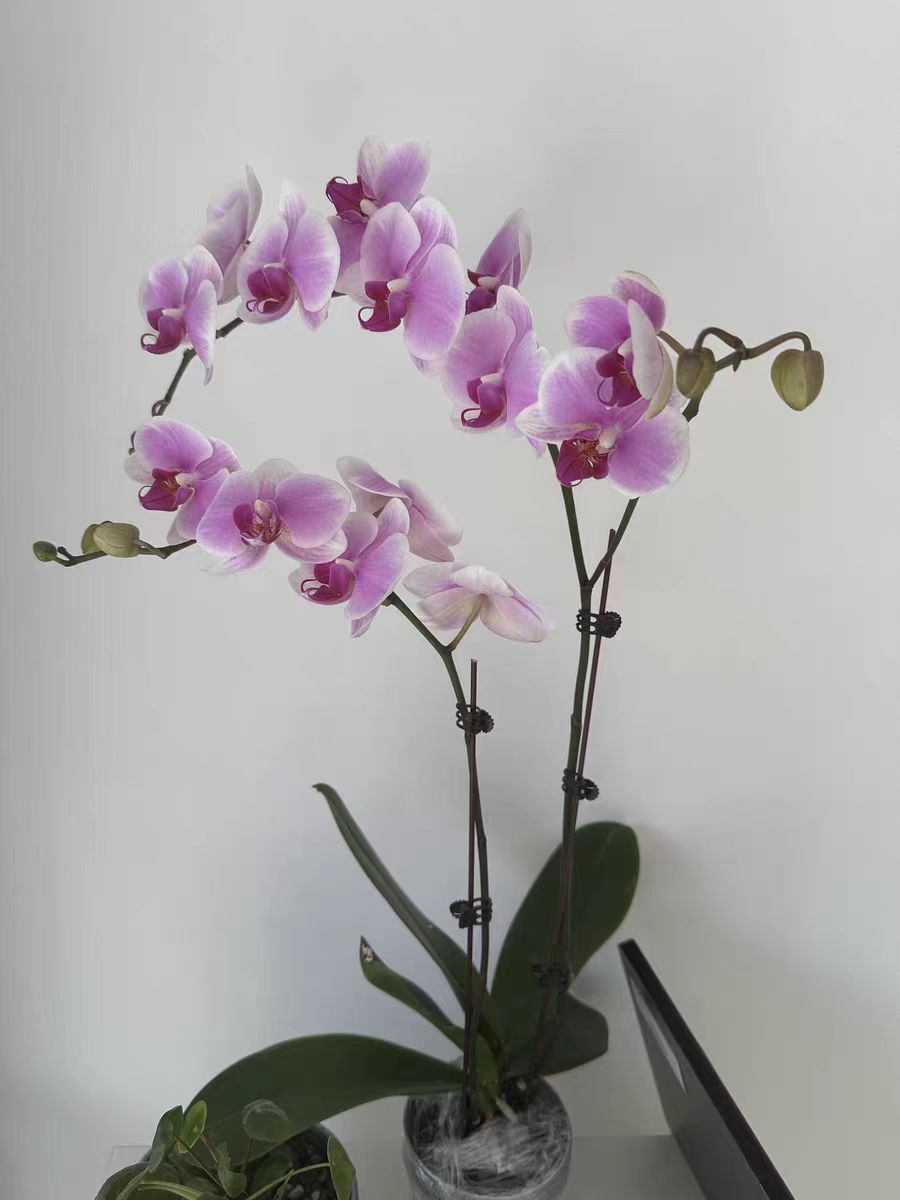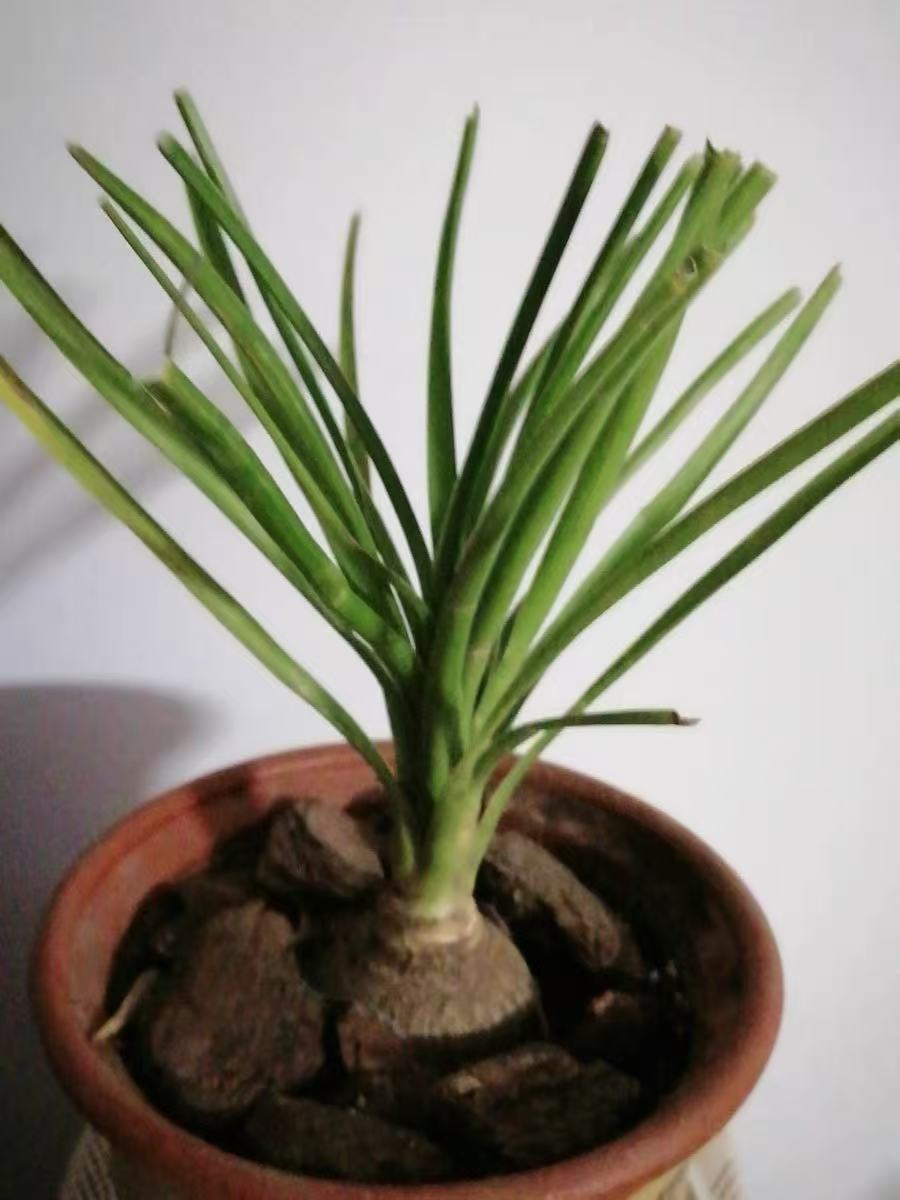Many people face a crucial question during the process of cultivating Phalaenopsis orchids: Will a too high temperature inhibit the growth of Phalaenopsis orchids? Will Phalaenopsis orchids really die from the heat when the temperature is too high? Having an in-depth understanding of the temperature adaptability of Phalaenopsis orchids is not only helpful for solving cultivation problems but also the key to unlocking their vigorous vitality.
Phalaenopsis orchids are native to tropical and subtropical rainforest regions. Their special native environment has given rise to their unique temperature preferences. In the natural state, Phalaenopsis orchids have long grown in an environment with high temperature, high humidity, and the shade of trees to regulate the temperature, forming an adaptability to a warm and semi-shaded environment. Research shows that the ideal growth temperature of Phalaenopsis orchids is between 15°C and 28°C. Within this temperature range, all physiological activities of Phalaenopsis orchids are in the best state. Their photosynthesis proceeds efficiently, and they can fully utilize light energy to convert carbon dioxide and water into organic matter and oxygen, providing sufficient energy and material basis for the growth of the plants. The respiration also maintains an appropriate intensity, ensuring the reasonable consumption and supply of energy. The speed of cell division and elongation is moderate, thus promoting the normal growth of the roots, stems, and leaves of the plants, as well as the differentiation and development of flower buds.
When the environmental temperature exceeds 28°C, the growth of Phalaenopsis orchids will gradually be inhibited. As the temperature rises, the evaporation rate of water in the plants accelerates, and the transpiration is out of balance. If the water supply is insufficient at this time, in order to reduce water loss, Phalaenopsis orchids will close their stomata, resulting in a significant reduction in the absorption of carbon dioxide, and the photosynthesis is severely hindered. At the same time, high temperature will also damage the structure and function of proteins and enzymes inside the cells. Enzymes are the catalysts for various biochemical reactions in plants. High temperature reduces the activity of enzymes or even makes them inactive. For example, the carboxylase involved in the dark reaction of photosynthesis has a decreased activity at high temperatures, which makes the carbon assimilation process blocked and affects the synthesis of organic matter. In addition, high temperature will also disrupt the hormone balance of Phalaenopsis orchids, inhibiting the synthesis of growth-promoting hormones such as auxin and cytokinin, while promoting the accumulation of growth-inhibiting hormones such as abscisic acid, thus slowing down the growth rate of the plants, manifested as slow and thin leaf growth, reduced germination of new roots, etc.
When the temperature continues to rise above 35°C, Phalaenopsis orchids will face a more severe survival test. High temperature will cause the plants to produce a large amount of reactive oxygen species. These reactive oxygen species will attack the biological membrane systems such as the cell membrane and organelle membranes, leading to membrane lipid peroxidation, damaging the integrity and permeability of the cell membrane, causing the substances inside the cells to flow out, and resulting in cell function disorders. At the same time, high temperature will also seriously affect the flower bud differentiation and blooming process of Phalaenopsis orchids. Flower bud differentiation requires specific temperature conditions and physiological states. High temperature will disrupt the flower induction mechanism of the plants, resulting in the inability of flower buds to differentiate normally. Even the flower buds that have already formed may wither and fall off due to high temperature. In an extremely high temperature environment, if cooling measures are not taken in a timely manner, Phalaenopsis orchids may gradually wither and die due to reasons such as dehydration, metabolic disorders, and organ damage, and ultimately fail to withstand the "fatal blow" of high temperature.
In order to help Phalaenopsis orchids survive the high temperature weather safely, cultivators need to take a series of scientific and effective cultivation measures. During the high temperature in summer, Phalaenopsis orchids can be moved to a place with good ventilation and scattered light, avoiding direct sunlight and reducing the temperature around the plants. Using a shade net for shading can reduce the light intensity and heat absorption. At the same time, increasing the air humidity is also crucial. This can be achieved by spraying around the plants, placing water basins, etc., to create a relatively humid microenvironment. However, it is necessary to pay attention to avoiding water accumulation on the leaves for a long time to prevent the occurrence of diseases. In addition, reasonable watering cannot be ignored. It should be carried out in the early morning or evening when the temperature is relatively low to keep the soil slightly moist, which not only meets the water demand of the plants but also avoids root rot caused by high temperature and high humidity. For some cultivators with conditions, they can also use equipment such as air conditioners and fans to adjust the indoor temperature and air circulation, creating a more suitable growth environment for Phalaenopsis orchids.
Phalaenopsis orchids are relatively sensitive to temperature. Too high a temperature will not only inhibit their growth but also pose a threat to their lives. Understanding the temperature requirements of Phalaenopsis orchids and the mechanism of high temperature damage, and mastering scientific cultivation methods are the keys to making this beautiful flower bloom in various environments.
Will a too high temperature inhibit the growth of Phalaenopsis orchids?

Share with
Tagged in :



Leave a Reply